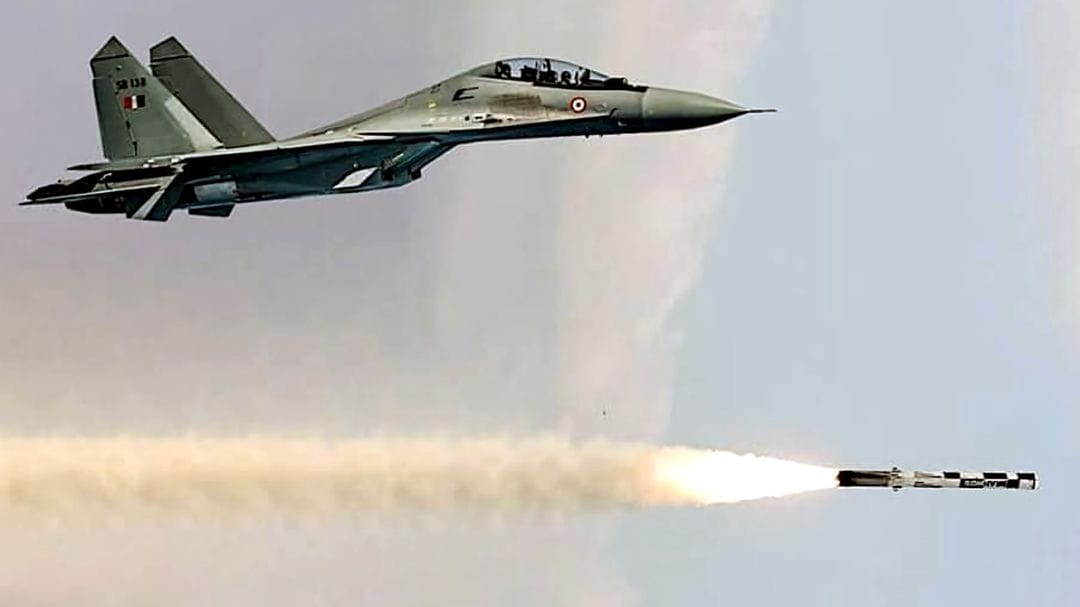Hindustan Aeronautics Limited (HAL) is set to revive operations at its Nashik facility in Maharashtra to manufacture the Su-30MKI fighter jets for the Indian Air Force (IAF), marking a significant boost for the ‘Make in India’ initiative. This strategic move follows a substantial deal approved in September 2023, valued at $1.3 billion, which entails the production of 12 new Sukhoi Su-30MKI fighter jets.
The upcoming production at the Nashik facility aims to address the increased demand from the IAF. This revival is expected to enhance the combat readiness of the Air Force, aligning with India’s broader ambitions for self-reliance in the defense sector under the ‘Make in India’ program.
In conjunction with the new production order, the Indian Air Force is also gearing up to undertake a comprehensive upgrade of 84 existing Su-30MKI aircraft through the ‘Super Sukhoi’ program. This initiative aims to significantly enhance the combat capabilities of the current fleet by integrating cutting-edge Indian technology and advanced stealth features.
The ‘Super Sukhoi’ program will incorporate a variety of upgrades, including advanced radar systems with ranges 1.5 to 1.7 times greater than that of the current models, infrared search and track (IRST) sensors developed by Bharat Electronics Limited (BEL), cutting-edge mission computers, enhanced electronic warfare suites, and modernized cockpit layouts. Additionally, new weapon systems will facilitate manned-unmanned teaming (MUM-T) technology, allowing upgraded jets to coordinate with both combat and surveillance drones.
While the Defence Acquisition Council has approved the Super Sukhoi deal, it is still pending final clearance from the Cabinet Committee on Security. The initiative, totaling INR 63,000 crore, aims to ensure that the Su-30MKI jets are capable of operating in high-threat environments, elevating their performance to the level of fifth-generation fighter aircraft.
Production at the Nashik facility is projected to commence within the next few years, with the initiative anticipated to stimulate local economic development, create job opportunities for the regional workforce, and contribute to the establishment of a robust research and development (R&D) infrastructure in the country.













